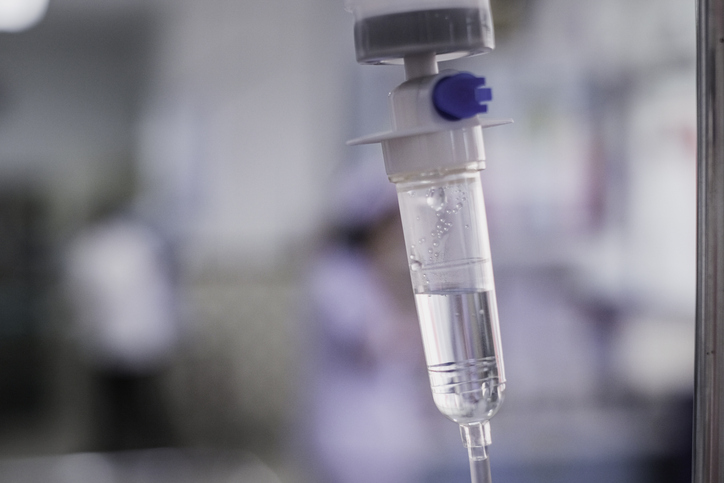Intravenous immunoglobulin (IVIG) is often recommended to help prevent severe fetal anemia in pregnancies affected by hemolytic disease of the fetus and newborn (HDFN).
A slower infusion rate can be beneficial in reducing the risk of side effects as well as in potentially improving the efficacy of the treatment. Be sure to discuss any concerns you have with your healthcare team before the treatment to ensure a personalized approach to your IVIG infusion procedures.
What is HDFN?
Hemolytic disease of the fetus and newborn (HDFN) is an immune-mediated red blood cell (RBC) disorder that occurs when a baby’s RBCs break down quickly, which is called hemolysis. HDFN is caused by a mismatch between a mother’s and her baby’s blood type (A, B, AB, or O) or Rhesus (Rh) factor (Rh-positive or Rh-negative) during pregnancy. Numerous antibodies to RBC antigens can be linked to HDFN, such as those from the ABO and Rh blood group systems.
What is IVIG?
IVIG is a fluid that carries antibodies pooled from the plasma of blood donors. It is used to manage and treat autoimmune, infectious or inflammatory conditions by boosting the immune system.
In HDFN, it can be used during pregnancy to help delay or prevent fetal anemia and the need for the more invasive intrauterine transfusions (IUT) or in newborns to reduce the need for exchange transfusions.
Learn more about HDFN treatment and care
It is administered intravenously, with the dose based on certain criteria, including the reason for the IVIG therapy, body weight, response to treatment, side effects and patient preferences. The rate of infusion usually starts off slowly for the first 15 to 30 minutes at a rate of 0.5 to 1mL/kg an hour before being increased. If no side effects occur, the rate is increased every 15 to 30 minutes to reach a maximum rate of 3 to 6 mL/kg an hour.
The most common side effects are headache and fever, with others including chills and fatigue. Nausea, vomiting and chest pain may also occur. Mild or moderate reactions are usually related to the transfusion rate and are temporary.
More serious adverse events can range from urticaria, flushing, migraine, hypertension, hypotension to kidney problems, anaphylaxis and aseptic meningitis.
Benefits of a slow IVIG flow rate
When receiving an IVIG infusion for the first time, the risk for side effects is higher. The rate should remain slower and only be increased in increments. Slower infusions reduce the onset of headaches, chills, heart rate and blood pressure changes. During an HDFN-affected pregnancy, the stress and anxiety for mother and fetus is already heightened. Avoiding additional discomfort is important to protect fetal health.
It has also been suggested that a slower infusion may lead to improved effectiveness of the procedure, as the immunoglobulin is better absorbed.
Asking your medical team for a slower infusion
Infusion rates are personalized to each patient based on individual risk factors, and your healthcare team will collect a detailed medical history before the procedure. This is the perfect opportunity to share your concerns on the potential for side effects and request a slower infusion. By being proactive, you can contribute to your well-being and the health of your growing baby.

